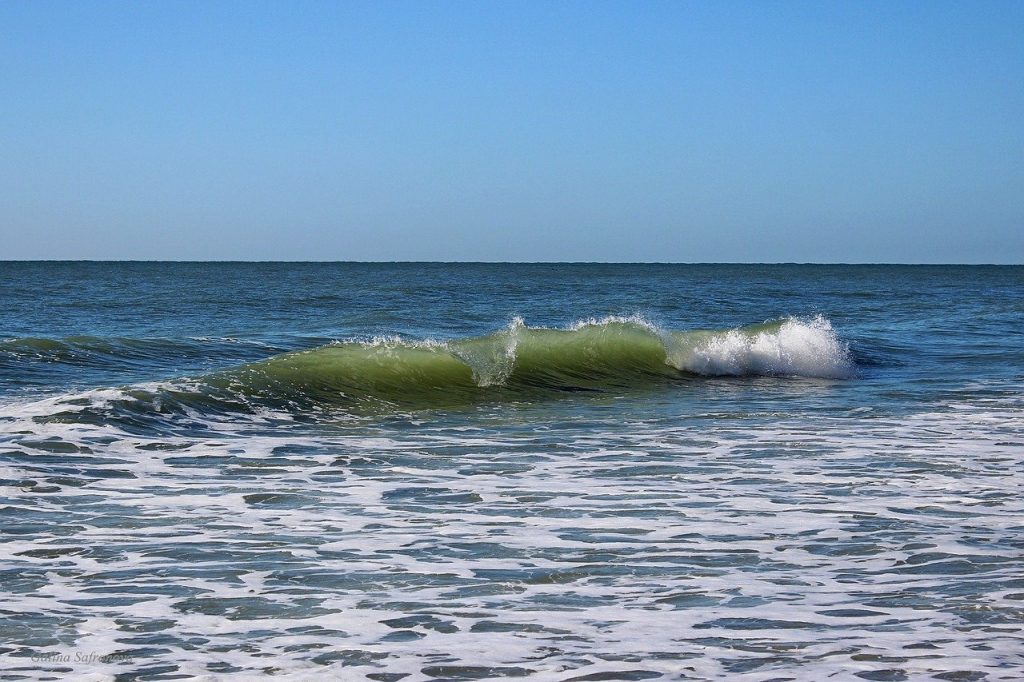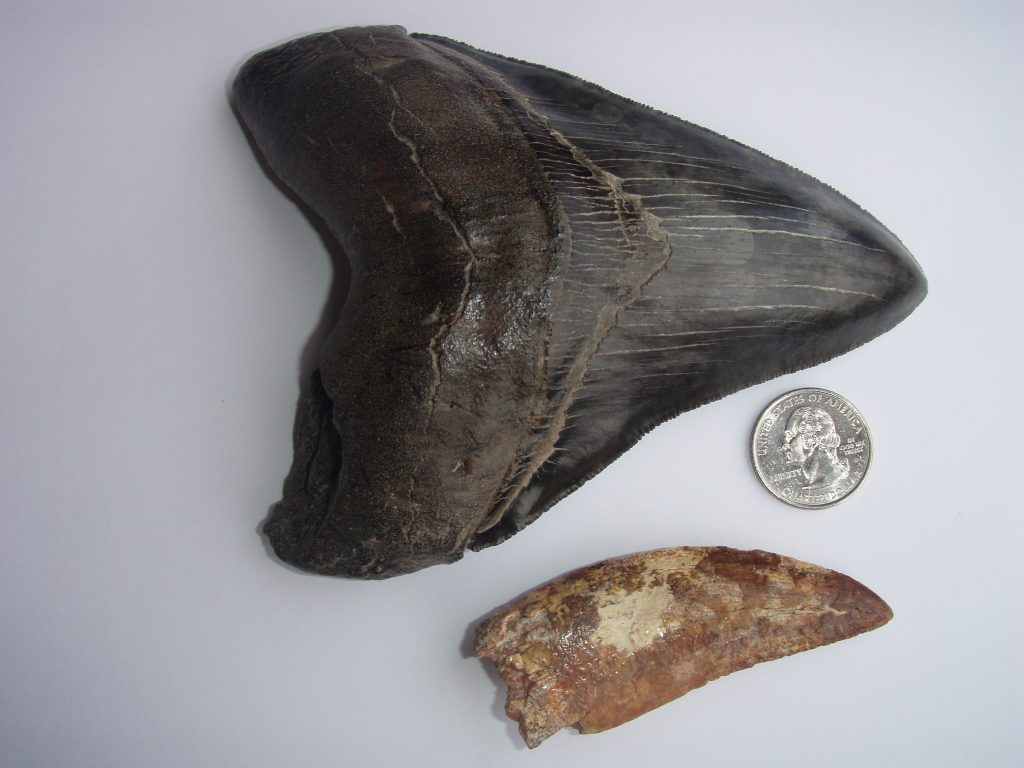
The beaches of South Carolina have an undeniable allure – the sun, sea, salty breezes… and just beneath the surface of the sandy shores – a treasure trove of natural discoveries. The South Carolina shorelines are a haven for beachcombers, especially those with a passion for historical finds – and there may be no better place to begin your own shark teeth quest than on Cherry Grove Beach.
Getting Started – Supplies
Becoming a full-fledged shark tooth hunter takes little to no investment and no cumbersome equipment. It’s easy to get started with just a few simple supplies that you probably have on-hand. Beachside gift shops are sure to have these items in stock as well. For the sake of safety and comfort, be sure to bring plenty of water, load up on sunscreen, and wear smart water-friendly shoes.
You’ll be spending a lot of time pacing the shoreline, so plan for footwear that can handle small waves, with no holes or openings that will allow for pesky debris to gather within the shoe. Sunglasses are advisable to help eliminate glare as you’re scanning the sand, as your eyes are the most important tool for this mission!
It helps to have a few simple tools in tow, like a “pick-up tool” or a small net to help scoop up curious piles to sift through without having to bend repeatedly while chasing eye-catching items against running waves. You should also bring some sort of container to store your finds. Small shovels and rakes may also come in handy for digging through the sand. Most importantly, come armed with plenty of patience as this is not a hobby for those who require instant gratification!
Planning Your Hunt – When To Go

The best time for finding shark teeth is a topic of heavy debate, but everyone can agree that it all centers around the tides. Though some believe it’s better to aim for the two-hour window before high tide, others swear by the success of a receding tide.
Check current patterns and the weather to plan your mission around the tides. Try for a run both before and after high tide to determine which works best for you. We’d love to hear your stories! One thing everyone can agree on is that the beaches are full of easily found treasures just after a storm.
Prime Territory – Where To Hunt

Shark teeth will mix in with sand, silt, and seashells on the ocean floor. As the tide rolls in, it brings these treasures to the shore where they collect in piles, or shell beds, if they are not washed away. For a shell hunter, this makes for easy-pickings, but the shark tooth hunter would be wise to sift through these collections as well! Shark teeth tend to settle into these shell beds, mixing in with large deposits of seashells.
Waterways near creek mouths and tide pools are the most prolific hunting grounds, with natural indentations that capture shells and shark teeth from the constantly moving streams. Additionally, the higher points of the beach near the high tide peak make for great collection points as the tide doesn’t have much of a chance to come back in to reclaim these deposits.In the Cherry Grove, visit the areas between Inlet Pointe Villas and the Cherry Grove Pier to find the most abundant shark tooth hunting territory. Although, a five year-old visitor recently made a remarkable find just a half-mile down the beach behind Springs Towers as well!
Identifying Your Finds
It’s not uncommon for the budding new shark tooth hunter to overlook a find dismissed as a seashell – or to collect a shell that they mistake for a tooth. Don’t fret – this error happens to the best of us, especially when we’re new to the game. Even when you know you have a tooth in-hand, it’s nice to know what exactly it is that you’ve found.
The first step to spotting a shark tooth is to know about their standard characteristics. Check for broad triangular shapes, or thinner T-shaped examples. They can be white, tan, or black in color depending on their age, and they will often have a sort of glossy shine to the surface. Shark teeth often have serrated edges, but they tend to become smoother over time. If they are fully intact, shark teeth will have a root and a “blade” edge, but many fantastic finds are broken. Most of the shark teeth you find will be small, about a half inch or less.
There are well over 400 known species of sharks. Common species found in the North Myrtle Beach area include the sand tiger and traditional tiger sharks, bull shark, and lemon shark. Rare megalodon finds occur here as well – on average of about one documented find per year. In 2015, a father and daughter made two visits to North Myrtle Beach, finding large “meg” teeth each time – one near the Cherry Grove Pier!

